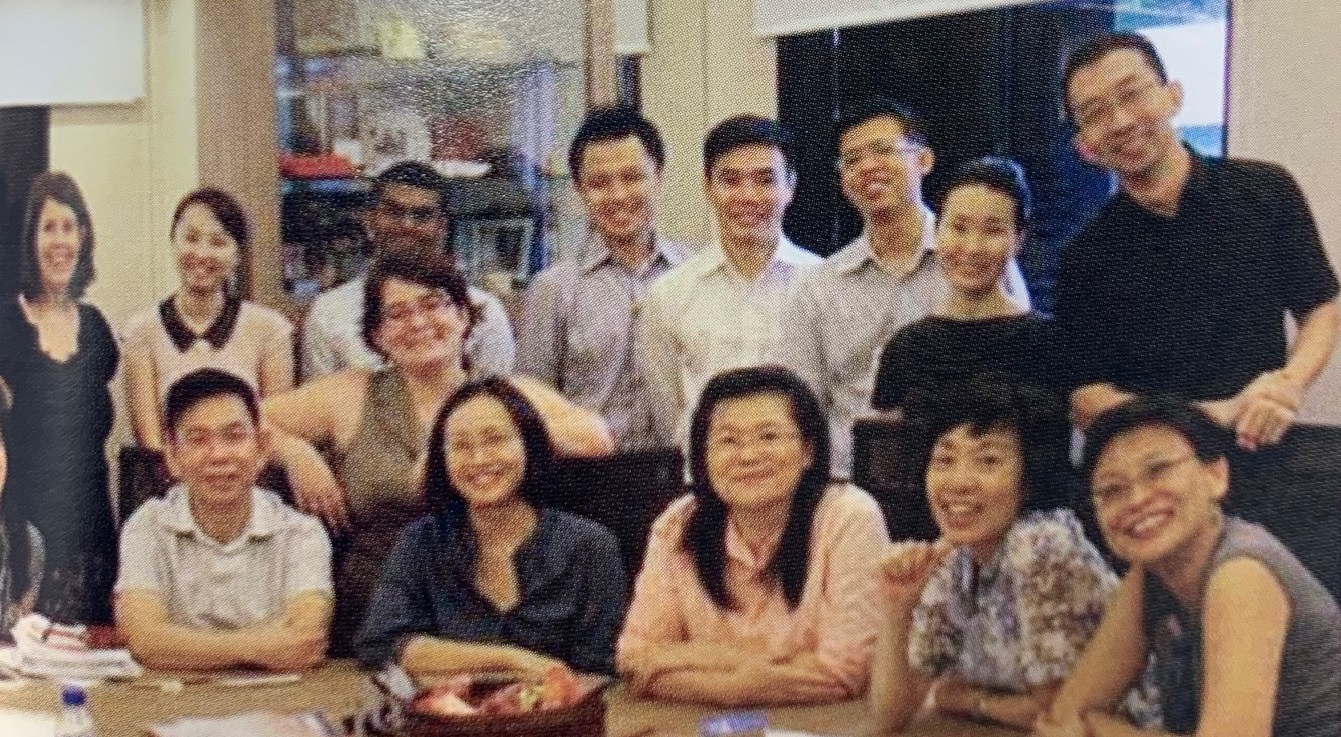The younger doctors these days missed the crucial period of the HIV outbreak to fully understand what the disease can do to a body. In front of my very eyes, I saw how quickly my patients' condition deteriorated and what HIV could do to a person's body. Today, we do not see a lot of HIV complications because of the treatment available. It is phenomenal how the entire field of HIV medicines evolved within a short period of time. When I first joined the CDC in 1989, only AZT
(azidothymidine) – the very first HIV medication – was available but the effect was short-term. Patients received single therapy or the dispensing of a single drug to treat their condition. They would improve for about three to six months but after that, their condition would recur and they would deteriorate very quickly. Coming into the mid-90s, we administered dual therapy
(two-drug combination), which was a better option for treatment. Even so, it was not highly effective and there was very little progress. The condition of patients would improve for a while and then deteriorate. This was a really sad time in terms of HIV medicine and history in Singapore. Between 1997-98, a different class of drug was introduced – what we know today as Protease Inhibitors. It changed the entire history of HIV treatment, turning HIV from a deadly condition to a treatable disease. Because of this, some of the patients I've been seeing for the last 20 years are still alive. They still need to take this medication…but they are still alive!

Prof Leo (front row, middle) with Infectious Disease doctors at the CDC. |